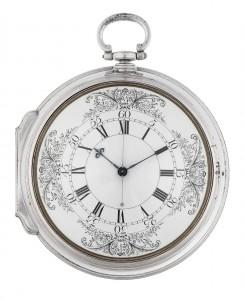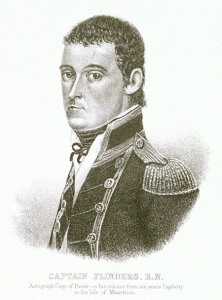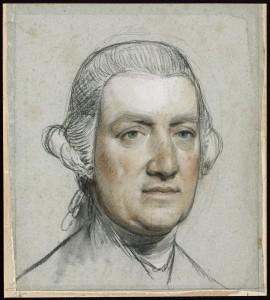20 Feb 2015
Last month we said a tearful goodbye to Ships, Clocks & Stars, which has been a large part of our lives for the past six months. The good news is that the closing of the exhibition does not mean the end of the longitude story here at Greenwich. Indeed the story of the quest for longitude is at the heart of Royal Museums Greenwich, especially the Royal Observatory, which was built in 1675 to find the ‘much desir’d longitude’. So here are a few other places you can find out about the longitude story here at Royal Museums Greenwich:
The Meridian Line One of the problems early seamen had when trying to work out where on earth they were was that unlike latitude, which has a natural starting point in the equator, there is no obvious place from which to measure your East-West position, or longitude. With no obvious place, the most obvious place became Greenwich. Obviously. The Time and Longitude galleries will reopen on 16 March. In the meantime, you can still stand on the Prime Meridian of the World, visit the Astronomer Royal's apartments, explore the Meridian Observatory and find out why Greenwich became the centre of time and place for the world. The Art & Science of Exploration, 1768-1780 This exhibition in the Queen's House brings together exceptional paintings, prints and drawings by specially commissioned artists on Captain Cook’s 18th-century voyages of discovery. Captain James Cook was a brilliant and well respected seaman and navigator. Having tested the lunar-distance method on his first voyage (1768-71), he took K1, Larcum Kendall’s copy of John Harrison’s incredible sea-watch H4, on his second voyage (1772-75).
K1 performed so well on this voyage that Cook described it as his ‘trusty friend’. But Cook's voyages weren't just about testing the new longitude methods. On the first voyage, on the Endeavour, for instance, he was accompanied by naturalist Joseph Banks, who brought countless samples and specimens back with him. After their return, Banks also commissioned a portrait of Cook by Nathaniel Dance. Each of Cook's voyages took specially appointed artists too, including Sydney Parkinson and William Hodges, whose work features in this exhibition, alongisde George Stubbs's famous 'Kangorou from New Holland' and Dance's portrait of Cook.
Voyagers The Voyagers gallery, on the ground floor of the Sammy Ofer Wing, is home to three fascinating figures from the longitude story. Quivering under the heading ‘Anticipation’ is a portrait of Matthew Flinders, who, following in Cook’s wake, undertook a voyage to chart the Australian coast in 1801-03. The astronomer sent to join him, James Inman, used Larcum Kendall’s third sea-watch, now called K3, to chart ‘Wreck Reef’.
Flinders also accompanied Captain William Bligh on his second breadfruit voyage after the first ended in the infamous mutiny on the Bounty. The scene of the mutinous sailors throwing breadfruit into the water, while Bligh and his loyalists look on from their boat, is depicted a few feet away in the same case.
The third longitude character in the gallery is Astronomer Royal Nevil Maskelyne, whose portrait sits alongside a sextant fitted with a ‘Maskelyne flap’ to improve its accuracy and an orrery (a model of the solar system) owned by his daughter, Margaret. These objects appear under the heading ‘Pride’; I expect Nevil was proud and delighted that his daughter shared his interest in science.
The exhibition may be over but you can also view all of our longitude related collections online and look out for the reopening of the Time & Longitude gallery at the Royal Observatory next month.




